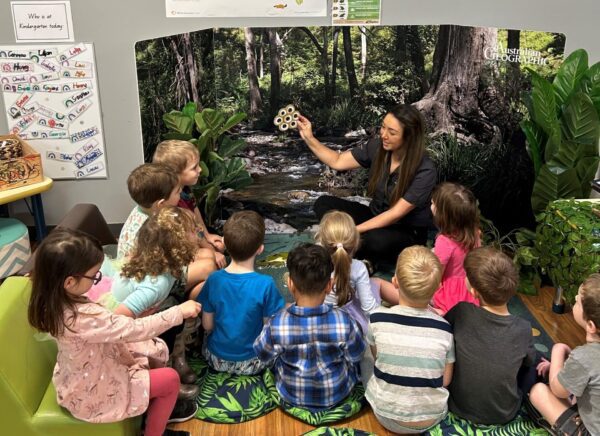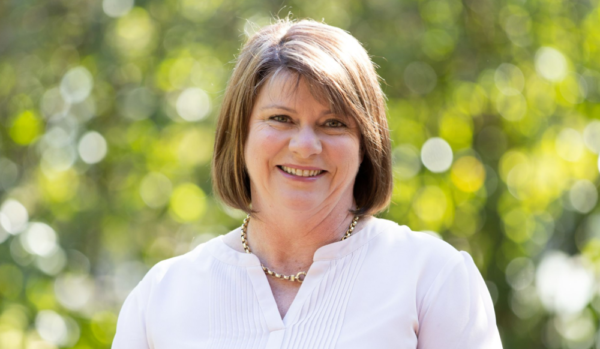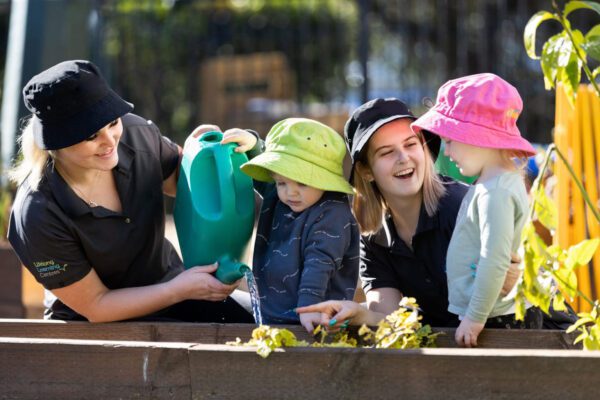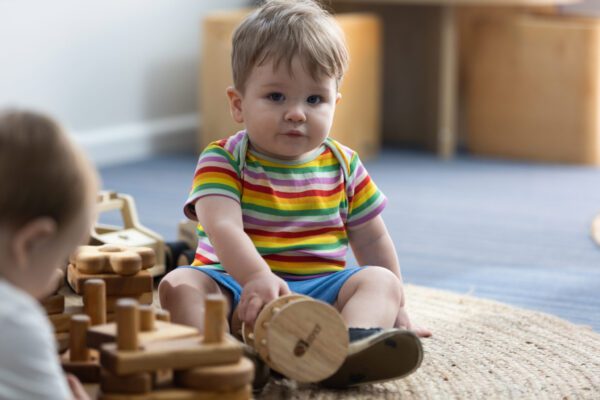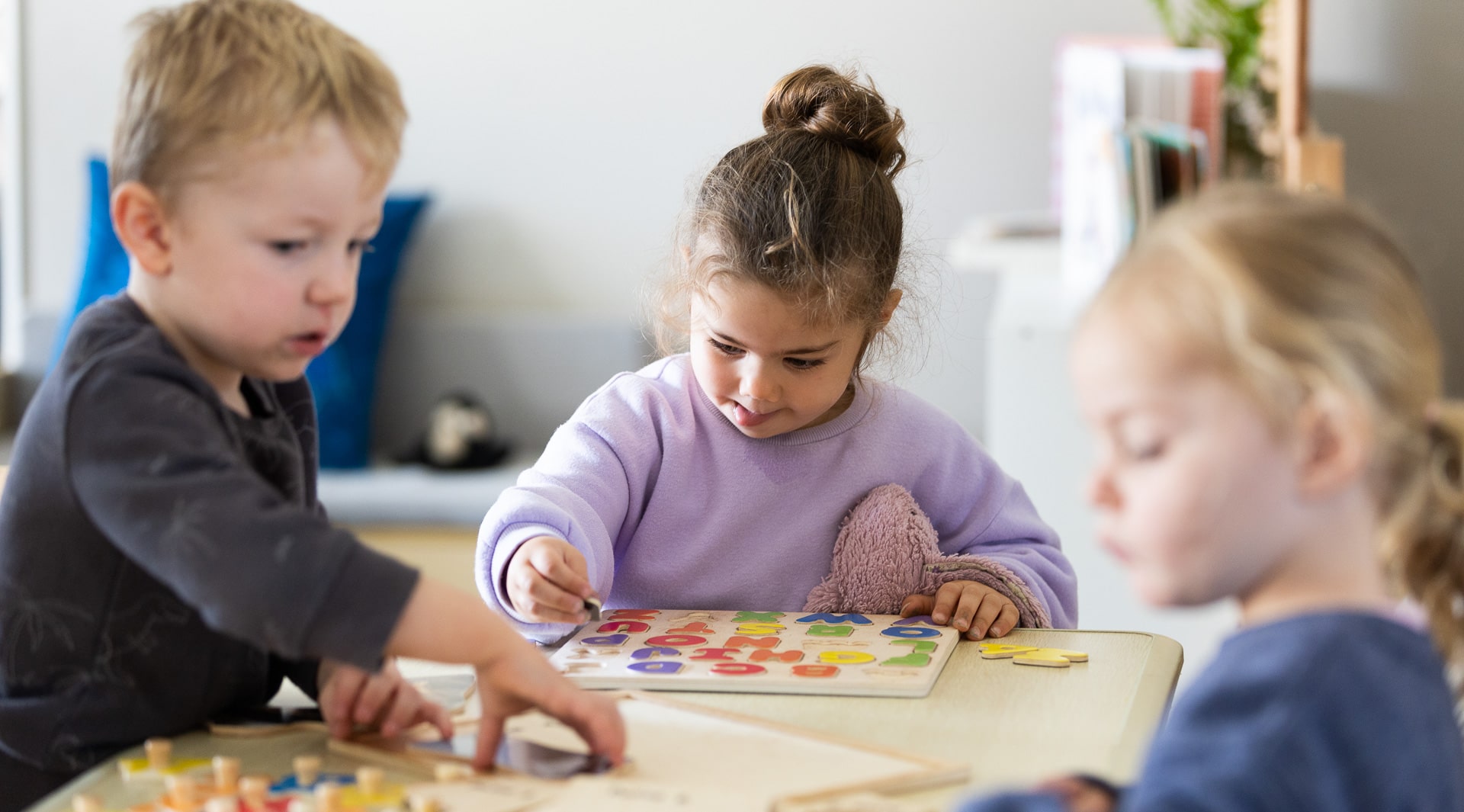
Happy New Year! The holiday season is over, and it's time to return to our daily routines. It's incredible to see how quickly our children are growing up. This month, many families are focused on shopping for school supplies and getting their children ready for the new academic year.
For families already a part of Affinity centres, you may be familiar with our transition process when your child moves to a new classroom after achieving their developmental milestones. As these transitions can be challenging for some children, Affinity has developed a process that ensures your child transitions smoothly into their next classroom.
Why are these transitions hard for some children?
Entering into a new environment can be an overwhelming experience for children, especially when they are surrounded by unfamiliar faces. Children can feel unsure of their safety and lack the comfort of an established safe space. They have yet to form trusting relationships with educators, and may feel uncertain as to why they have been brought to this new environment. These factors can create feelings of disorientation and uncertainty.
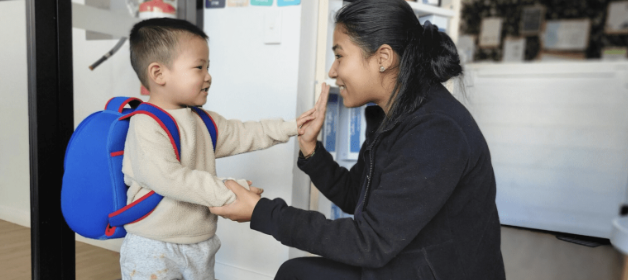

How do Early Experience Educators support children during transitions?
- We understand that each child is unique and will need customised support when settling into a new environment.
- Our educators spend time getting to know each child and their family.
- Ensure that children's emotional well-being is a top priority.
- Our rooms are set up with exciting activities for children to explore; we also plan intentional experiences for educators to facilitate conversation and build relationships through play.
- We utilise unhurried 'care moments' (i.e., meal and rest times) to connect with each child.
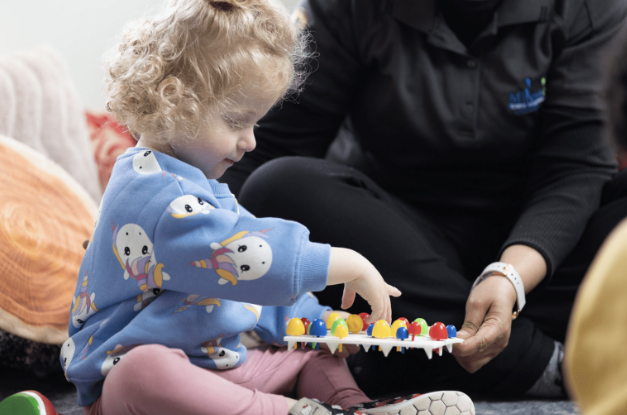

Quick tips for parents to help with transitions
- Share photos of teachers or friends in the new room and regularly include them in discussions.
- Develop a shared ritual with your child before heading to school – a 7-minute workout, walking around the neighbourhood, cycling to school, drawing together, etc.
- Prepare a photo of your family or the person your child loves the most for them to take to school.
- Involve your child in decision-making on a lunch box, attire, packing, bags, etc. Start prepping your child emotionally three days before.
- Create a routine first, and then create a visual poster for your child to have visual guide for each step in their routine.


